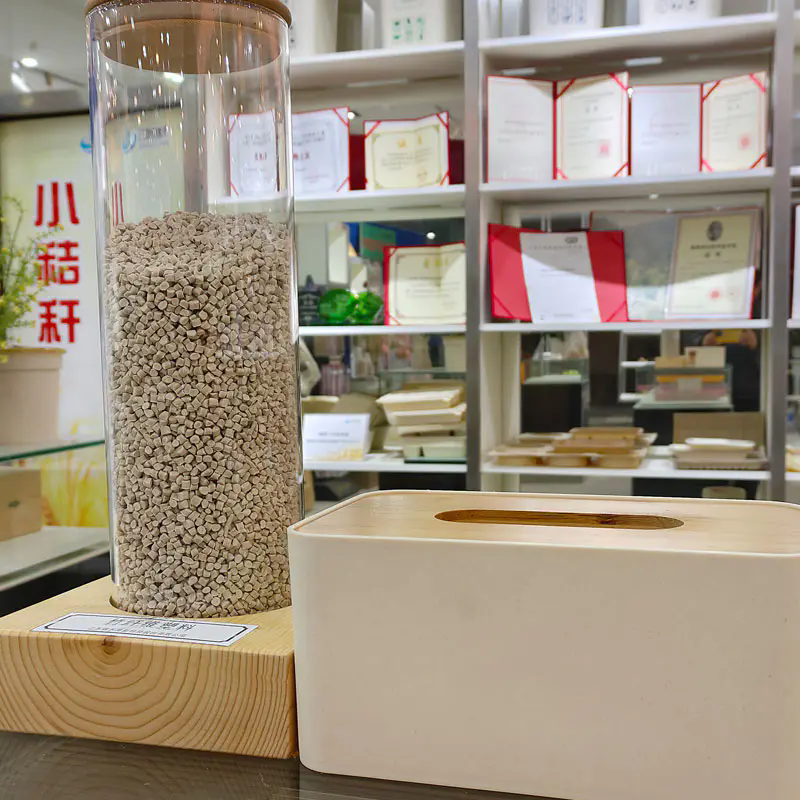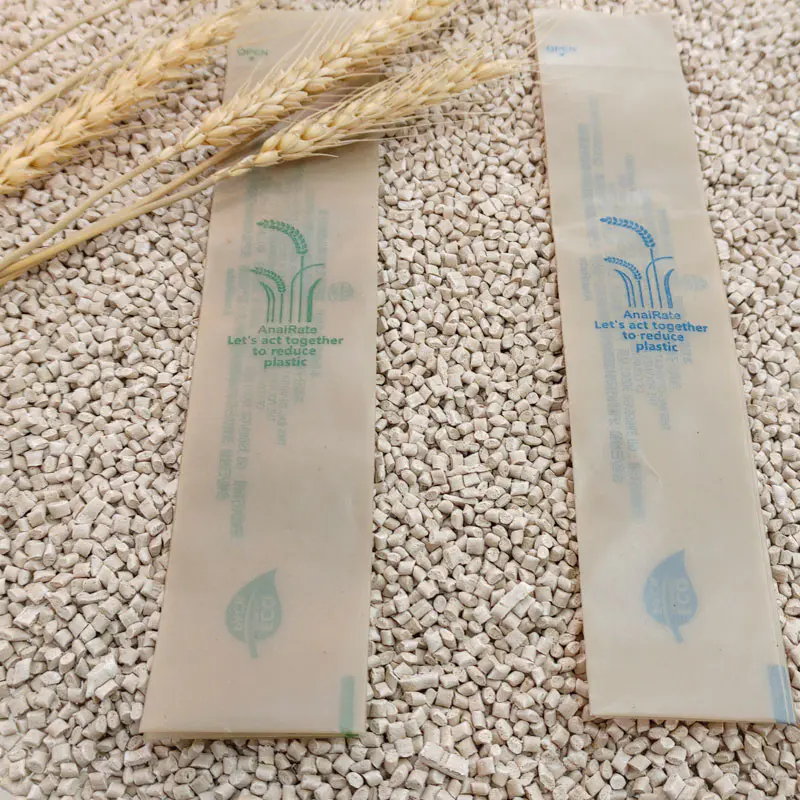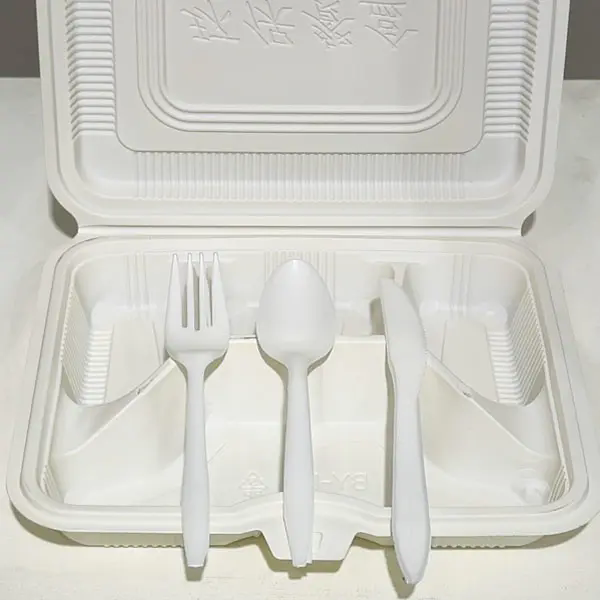How Do You Properly Dispose of Disposable Biodegradable Plates?
The global biodegradable plastics market is projected to grow at a compound annual rate of 13.1% through 2030, driven by rising demand for eco-friendly alternatives to conventional plastics. Among these alternatives, disposable biodegradable plates—made from materials like sugarcane bagasse, bamboo, palm leaves, or polylactic acid (PLA)—are gaining popularity for their reduced environmental footprint. However, their "biodegradable" label often leads to confusion about proper disposal. Improper handling can negate their eco-friendly benefits, turning a well-intentioned choice into an environmental liability.
1. Understand the Science Behind Biodegradation
Biodegradable materials decompose through microbial action under specific conditions. For example:
PLA plates require industrial composting facilities with controlled heat (50–70°C), humidity, and oxygen to break down into water, CO₂, and biomass within 90–180 days.
Plant-based plates (e.g., sugarcane or bamboo) decompose faster in home compost bins but still need adequate moisture, aeration, and microbial diversity.
Key takeaway: "Biodegradable" ≠ "disposable in any environment." These materials only decompose efficiently under engineered conditions.
2. Follow Certified Disposal Protocols
Step 1: Check Product Certifications
Look for labels like ASTM D6400 (U.S.), EN 13432 (EU), or AS 5810 (Australia), which certify that the product meets industrial composting standards. If certified:
Step 2: Use Industrial Composting Facilities
Do: Deposit plates in municipal compost bins designated for organic waste. Industrial facilities maintain the high temperatures and microbial activity required for full decomposition.
Don’t: Toss them into recycling bins—biodegradable plastics contaminate traditional recycling streams.
For home compostable plates (certified for backyard decomposition):
Shred plates into smaller pieces to accelerate breakdown.
Maintain a balanced compost mix (greens for nitrogen, browns for carbon).
Turn the pile weekly to ensure oxygenation.
Step 3: Avoid Landfills and Nature
In anaerobic landfill conditions, biodegradable materials release methane—a greenhouse gas 28x more potent than CO₂. Never litter them outdoors, as decomposition in natural environments can take years and leave microplastic residues.

3. Debunking Common Myths
Myth: "Biodegradable plates can go in regular trash."
Reality: Landfills lack the oxygen and microbes needed for safe breakdown.
Myth: "They’ll decompose in my backyard within weeks."
Reality: Home compost systems often lack the heat required for PLA or starch-based plates.
Myth: "All biodegradable plates are eco-friendly."
Reality: Sourcing matters. Plates made from monoculture crops (e.g., corn for PLA) may contribute to deforestation or pesticide runoff.
4. Advocate for Systemic Change
While individual actions matter, systemic solutions are critical:
Support policies that expand access to industrial composting infrastructure.
Encourage brands to use home-compostable materials (e.g., bamboo, coconut husks) over PLA for consumer convenience.
Opt for reusable plates when possible—biodegradable disposables are a "lesser evil," not a sustainability panacea
If you are interested in our products or have any questions, please feel free to contact us and we will reply you within 24 hours.
- What Makes Starch-Based Plastic the Future of Sustainable Materials?
- What Makes Straw Fiber Plastic the Future of Eco-Friendly Materials?
- What Makes Bamboo Fiber Plastic the Future of Sustainable Material Innovation?
- Why choose Bio-Based Plastic for Sustainable Materials?
- What are the functions of Sustainable Coffee Grounds Plastic?
- What is the Difference between Sustainable Bamboo Fiber Plastic and Regular Plastic?













